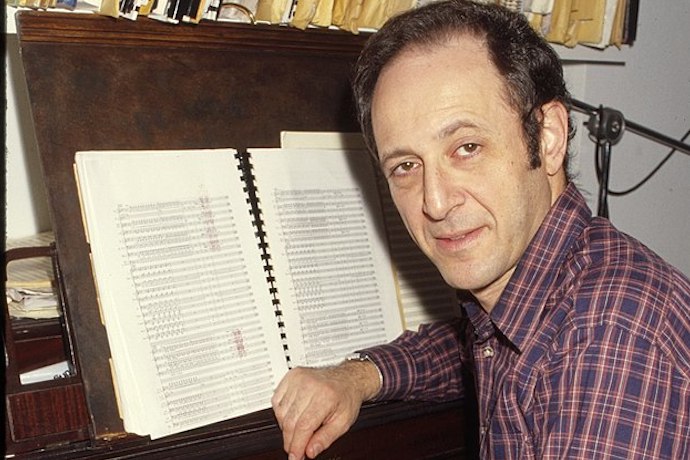
Who is Steve Reich?
Steve Reich is an American composer, best known as a leader of the minimalist music movement in the 1960s.
Where was he born?
He was born in October 1936 in New York
- Read: Immersive shows in New York | 5 best shows in 2025
- Read: Music inspired by New York | 5 of the best pieces
Did he come from a musical background?
Yes, he was born to the Broadway lyricist June Sillman and Leonard Reich. He had piano lessons as a child but, as he later revealed, had no exposure to music written before 1750 or after 1900.
So how did he get into music more seriously?
Aged 14, he started listening to a far wider range of music and started studying the drums in order to play jazz. As a student at Cornell University he minored in Music, graduating with a degree in Philosophy. He then went on to study composition privately before landing a place at Juilliard.
- Read: Feature on The Piano Men | How Spotify playlists are bringing contemporary classical to the masses
Who were his teachers?
Among his teachers were the contemporary composers Luciano Berio and Darius Milhaud.
How did he develop his voice as a composer?
Initially he experimented with twelve-tone music, but found that he was more interested in its rhythmic qualities than its pitch. Later he came across the music of fellow minimalist composer Terry Riley – in particular his seminal work In C, whose simple shifting musical patterns, captured Reich’s imagination. Adopting the same approach, he composed his first major work in 1965: It’s Gonna Rain, using a fragment of a sermon about the end of the world given by a Black Pentecostal street-preacher known as Brother Walter.
- Read: Review of Tony Conrad: Completely in the present | a documentary about the American experimentalist
What does his music sound like?
Reich himself has often said that his music unfolds over a gradual process. But that is to underplay the rhythmic dynamism and often deeply human, philosophical message of his works, which variously take influence from jazz, African drumming, and Balinese gamelan. In his 30s he reconnected with his Jewish roots and some of his best-known works are inspired by it.
For example?
Different Trains, in which Reich drew on memories of his childhood train journeys between New York and Los Angeles during World War II, contrasting them with the horrific train journeys of Jewish people to concentration camps in Europe during the same period. Of particular note was Reich’s use of recorded train sounds and his novel ‘speech melody’ technique, which involved recording spoken phrases from interviews with his former governess, a Pullman porter, and Holocaust survivors, then transcribing them into musical notation.
What other works should I listen to by Steve Reich?
Among his finest works is Drumming, written in 1971, in which he took inspiration from Ghanaian musical practices, especially complex rhythmic counterpoint.
Clapping Music is one of his iconic pieces, written for two performers and performed entirely by clapping.
Another gem is Music for 18 Musicians, in which he includes voices, keyboards, tuned percussion instruments and maracas, to create multiple layers of sound. At various, points different instruments and rhythms rise to the surface, creating something analogous to the shifting of ocean tides.